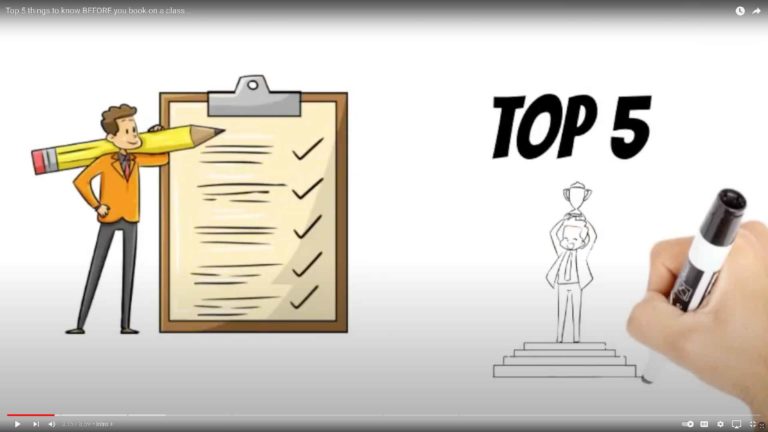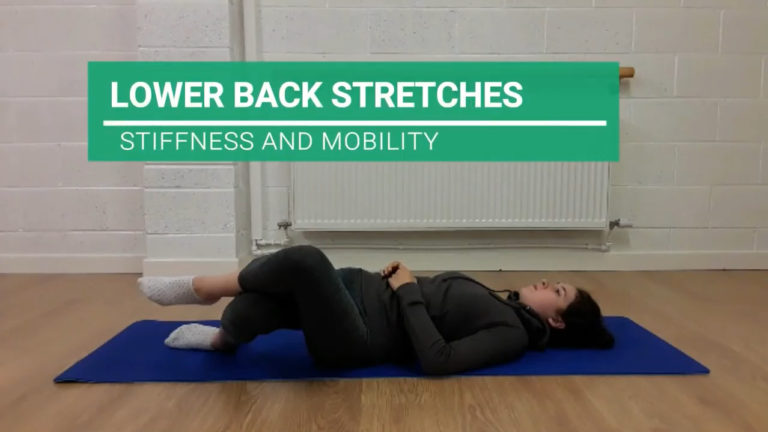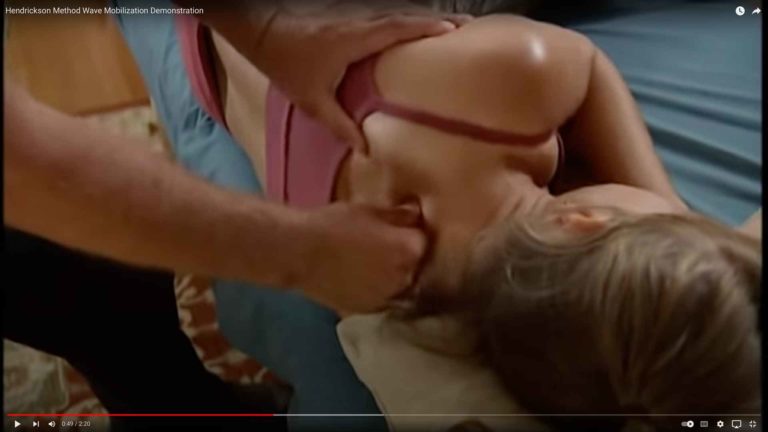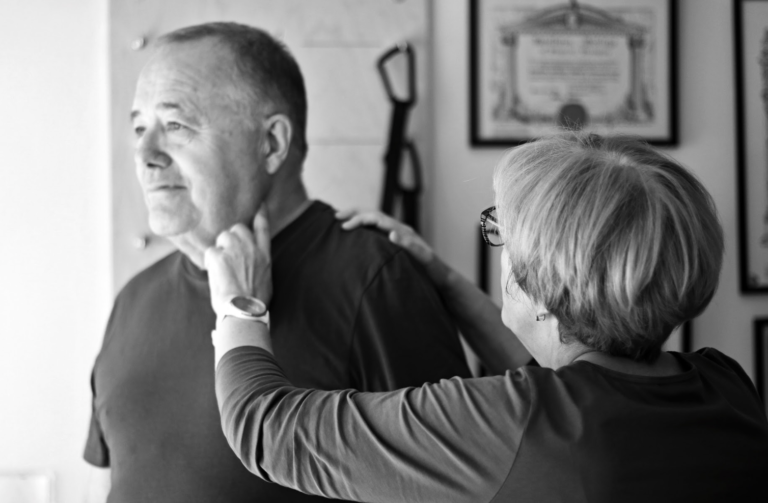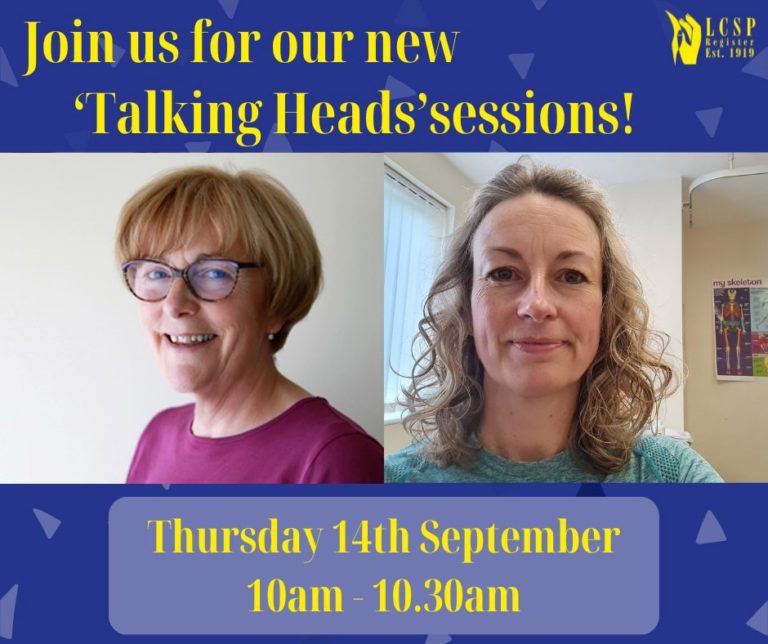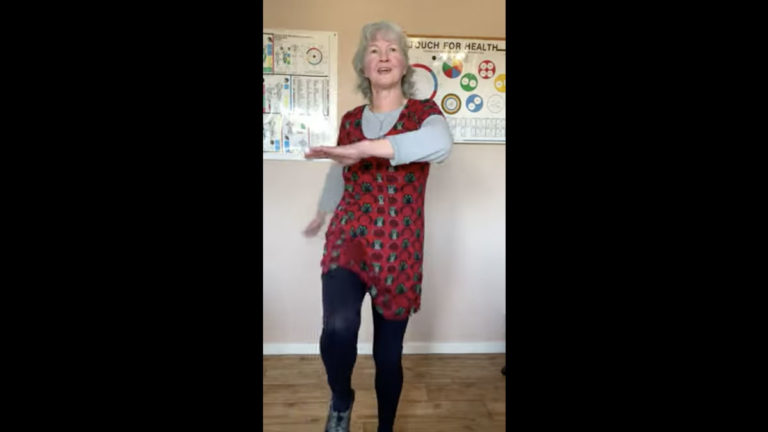
As a tool I love Soft Tissue Release, (STR) but I found the application at times difficult when I stuck to the rules. But like most therapists I like to experiment and this is one of those situations that led me to think outside of the box. The question was how could I achieve the same result but remove the difficulties.
Some of the problems included not having enough hands to control the movement, so when I was faced with this situation I would ask my client to participate but that would result in them contracting the very muscle group I was targeting which made it difficult to sink in and achieve an effective lock.
I also was having difficulty getting my head around the idea that by placing my thumb onto a very tight area of tissue tension and shortening the movement pattern I would soften or release the tension, firstly it was hard on my thumb, and if you are a hypermobile therapist you should not ever by applying your technique in this manner, secondly if I had a large area of tension, and needed to do multiple applications would this not defeat the purpose, in most cases it was bruising the tissue which meant I was injuring it… not exactly the outcome I wanted to achieve.
And what should I do with multipennate muscles, apply the technique in multiple directions. I think you’re getting the picture. I wanted an approach that could create more space, increase movement and not overwork the tissue.
The purpose of TSTR is to improve the tissue environment without causing undue stress, I have heard over and over again about how painful this technique can be from clients and therapists alike, while it is a strong technique it should not include pain, it should feel like the tissue is being given a good stretch without being beaten up.
The beauty of this approach is it can be integrated into a massage, your flow is not broken and your client will remain more relaxed.
The advantages to using Transverse STR
From a technical point of view, in my online course I explain how the technique interacts with different receptors that love this approach. There is a good reason why we use a variety of techniques, the connective tissue responds to various forms of touch, we use compression, vibration, rocking, shaking, long strokes, stretching, fast and slow movements, all of which communicate to different receptors, hence why one technique does not get you total results… more about this in the online course.
Not joined up yet?
There’s plenty of reasons to join the LCSP Register
Insurance Partners
Our dedicated team can tailor individual policies to suit your specific needs
Workshops
Keep your skills up to date with CPD Workshops and courses
Business Support
Advice tailored to working in the private sector
Find a Therapist
Our directory of therapists searchable by the general public
Welfare Officer
Supporting members who may have situations of difficulty where they need assistance, guidance or reassurance.

